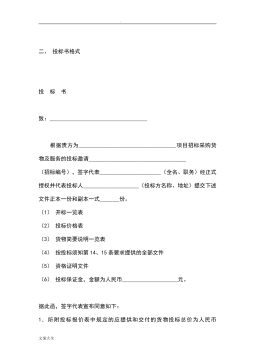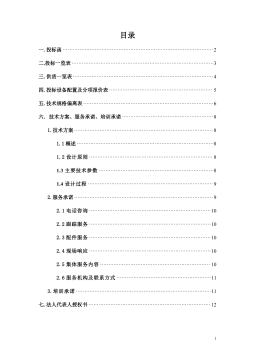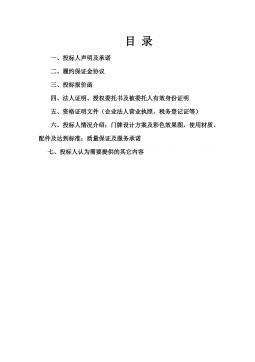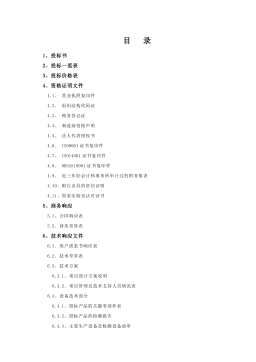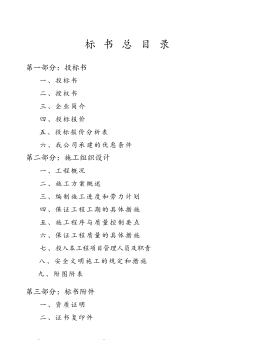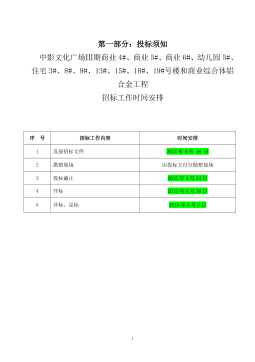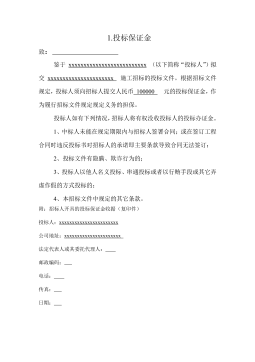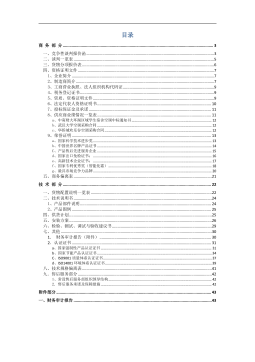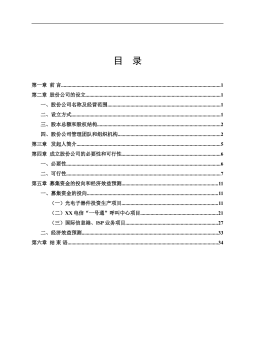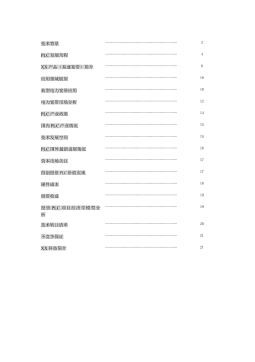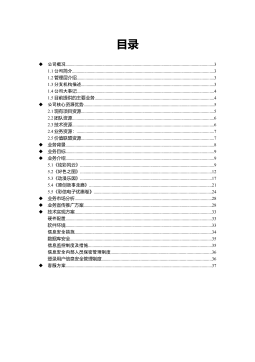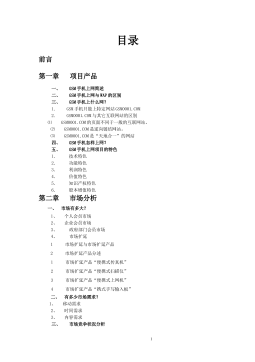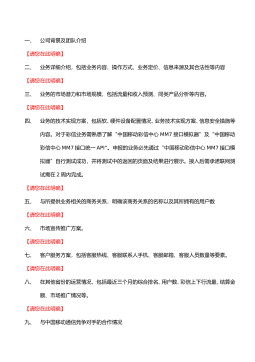我国不动产保有环节税收制度的优化设计
VIP免费
浙江财经学院硕士学位论文
I
摘 要
改革开放以来,随着我国社会主义市场经济体制的逐步建立和完善,特别是
我国土地使用制度实行有偿、有期限的出让、转让制度,房地产市场逐步形成、
发展,以及福利分房逐步被货币化住房制度所取代等等,我国不动产税收体系在
征收范围、税种设置、计税依据、税率设计以及征管方式等方面已经不能适应我
国当前经济形势发展的需要,制约了其组织收入和调节经济的作用。尤其是轻保
有重流转的不动产税制结构更是严重制约了其作用的发挥。而正是不动产保有环
节税收制度的不完善使得目前我国不动产市场的投机现象十分严重,进一步拉大
了贫富差距,严重阻碍了我国社会主义和谐社会的构建。因此,不动产保有环节
的税收制度设计亟待优化。
本文以分析我国不动产保有环节税收制度的理论基础为起点,并借鉴他国成
熟的不动产保有环节税收制度的设计经验,再具体分析了我国现行不动产保有环
节税收制度的发展状况与缺陷,进而提出了我国不动产保有环节税收制度优化设
计的基本框架。
具体来说,在分析理论基础的这一章节中本文分析了不动产和不动产税的定
义及对不动产保有环节征税的理论依据,再对不动产保有环节税收制度的各个税
制要素和征管方式的优化设计的基本问题进行了具体分析,还运用了新制度经济
学的制度均衡分析方法和博弈分析方法明确为何要对我国不动产保有环节的税收
制度进行优化设计和优化设计的方向。在国际比较的这一章节中本文运用比较分
析的方法对不动产保有环节税收制度的各个税制要素和征管方式进行国际比较,
还绘制了大量的表格便于更为直观地进行比较,从中总结出可以加以借鉴的先进
的不动产税制设计经验。在分析现状的这一章节中本文简述了我国现行不动产保
有环节税收制度的概要及历史变化,再具体分析了我国现行不动产保有环节税收
制度在税种设置、税制要素设计、征管方式设计等方面存在的缺陷。在制度设计
的这一章节中本文首先分析了优化设计的原则,再对税种设置进行优化设计,最
后从确定应税不动产及纳税义务人、定义不动产价值及评估方法、确定税率和征
管方式等方面设计不动产税的基本框架。其中具体设计了不动产批量评估的流程
图、不动产税的税率表及不动产税的分离管理体系表。还在附表中以 2005 年为例
浙江财经学院硕士学位论文
II
具体测算了在笔者设计的针对住宅用地及附属建筑物的税率水平下(0.2%~0.4%,
免征额:10 万)我国城镇居民的不动产税收负担情况。
关键词: 不动产;不动产税;不动产保有环节的税收制度;优化设计
浙江财经学院硕士学位论文
III
ABSTRACT
After opening, in pace with establishing and improving socialist market economy,
particularly with the usage system of the land instituting transfer system of no-free and
time limit, real estate industry forming and developing, welfare of the housing allotment
system taking by exchanging through money and so on, real estate tax system of our
country is not fit in with the needs of the society, which restrict effect of collecting state
revenue and adjusting economy. Especially the real estate tax system of the light
taxation during the owning period and the high taxation on the circulation link lays
restraints on making the effect well seriously, expanding the gap of the poor and the rich,
and hindering on building up the structure of the socialist and harmonious social.
Therefore we should optimize the structure of the real estate tax.
Firstly, the author analyses the rationale of the real estate tax. Secondly, the author
draws on the experience of other country. Thirdly, the author makes a concrete analysis
of the tax structure of the real estate tax in our country. Then the author puts forward the
basic scheme of the tax structure of the real estate tax.
Describing in details, in the chapter of analyzing rationale,the author analyses the
definition of real estate and real estate tax, and the theoretical source about levying on
real estate, then makes a concrete analysis of the essential factor of the tax structure and
the way of the regulation,applies the method of the equilibrium of system analysis and
the analysis of the game theory to clear and definite why to optimize real estate tax and
the orientation of the optimization. In the chapter of international comparison, the
author applies the comparative method to compare the essential factor of the tax
structure and the way of the regulation, and draw many diagrams to compare, then sum
up the main points of the experiences. In the chapter of analyzing current situation, the
author sketches the essentials and historical trend, then analyzes the defects of the items
of taxation, the essential factor of the tax structure and the way of the regulation. In the
chapter of designing system, the author analyzes the principle of the optimization at first,
and then optimizes the items of taxation. Lastly, the author makes a special effort to
浙江财经学院硕士学位论文
IV
define the real estate ought to be levied on and the object of taxation, ascertain the
method of estimating the value of the real estate; define the tax rate and the way of the
regulation. Particularly the author designs the flow chart of the batch estimate, the tax
rate table of the real estate tax and the table of the separated manages system of the real
estate tax.
Keywords: real estate; real estate tax; the tax structure of the real estate during the
owning period; optimization
浙江财经学院硕士学位论文
V
目 录
绪论...................................................................................................................................1
第一章 优化我国不动产保有环节税收制度的理论基础 ............................................7
第一节 不动产保有环节税收制度的基本概念..........................................................7
第二节 对不动产保有环节征税的理论依据..............................................................9
第三节 不动产保有环节税制优化设计的基本问题................................................11
第四节 不动产保有环节税收制度优化设计的理论分析........................................19
第二章 不动产保有环节税收制度的国际比较 ..........................................................22
第一节 征税对象的国际比较....................................................................................22
第二节 计税依据的国际比较....................................................................................26
第三节 纳税义务人及税率形式的国际比较............................................................28
第四节 征管方式的国际比较....................................................................................30
第五节 国外不动产保有环节税收制度的借鉴........................................................31
第三章 我国现行不动产保有环节税收制度的发展状况及缺陷 ..............................34
第一节 现状及历史变化 ..........................................................................................34
第二节 税种设置的缺陷............................................................................................36
第三节 税制要素设计的缺陷....................................................................................39
第四节 征管方式设计的缺陷....................................................................................43
第四章 我国不动产保有环节税收制度优化设计的具体设想 ..................................45
第一节 优化设计的原则............................................................................................45
第二节 税种设置的优化设计....................................................................................47
第三节 税制要素及征管方式的优化设计................................................................48
结论.................................................................................................................................55
附表.................................................................................................................................58
参考文献.........................................................................................................................61
致谢.................................................................................................................................64
浙江财经学院硕士学位论文
1
绪论
一、本文研究的背景与意义
从1994 年工商税制改革以来,我国在不动产的生产、交换及分配活动中逐步
形成了以不动产(使用权、所有权)的取得、保有、交易(转移)为征税对象的不动产
税收制度。对于增加政府财政收入,维系地方经济,加强房屋、土地管理,解决
国有土地无偿使用,调节产权所有人的收入分配等方面起到过重要的作用。
然而随着我国社会主义市场经济体制的逐步建立和完善,特别是我国土地使用
制度实行有偿、有期限的出让、转让制度,房地产市场逐步形成、发展,以及福
利分房逐步被货币化住房制度所取代等等,使我国不动产税收体系在征收范围、
税种设置、计税依据、税率设计以及征管方式等方面已经不能适应我国当前经济
形势发展的需要,制约了其组织收入和调节经济的作用。尤其是不动产税制结构
的不合理更是严重制约了其作用的发挥。目前我国不动产税制政策基本上是不卖
不征,不租不征,一旦租售,则数税并征,造成不动产保有环节税负畸轻而流转
环节税负畸重。具体来说,如对土地而言,使用环节的城镇土地使用税税额标准
较低,起不到调节土地级差收益,促进高效、集约用地的作用;对房产而言,保
有环节的房产税对所有非营业用房一律免税,起不到作为财产税对收入分配进行
调节的作用。因此,不动产保有环节的税收制度设计亟待优化。其研究的意义主
要在于以下四个方面:
(一)优化我国不动产保有环节的税收制度,有助于抑制房地产市场的投机
需求。我国近年来在房地产业出现的高房价与暴利、短缺与过剩并存等现象已经
引起国家有关部门的高度重视。房价问题与住房结构性矛盾亦已成为国民所关注
的焦点问题。通过优化我国不动产保有环节的税收制度,抑制炒房和投机,调控
房产价格,缓解住房的结构性矛盾,是值得深入研究的。
(二)优化我国不动产保有环节的税收制度,有助于鼓励地方政府培植不动
产税源,使不动产保有环节的税收收入逐步成为地方财政的稳定收入,从而提高
不动产税对财政体制的贡献度,最终实现彻底、规范的分税制财政体制。随着地
方政府财政收入的增加,用于教育、公共卫生及基础设施建设的资金将更为充裕,
公共服务的水平也将随之提高。
摘要:
展开>>
收起<<
浙江财经学院硕士学位论文\I摘要改革开放以来,随着我国社会主义市场经济体制的逐步建立和完善,特别是我国土地使用制度实行有偿、有期限的出让、转让制度,房地产市场逐步形成、发展,以及福利分房逐步被货币化住房制度所取代等等,我国不动产税收体系在征收范围、税种设置、计税依据、税率设计以及征管方式等方面已经不能适应我国当前经济形势发展的需要,制约了其组织收入和调节经济的作用。尤其是轻保有重流转的不动产税制结构更是严重制约了其作用的发挥。而正是不动产保有环节税收制度的不完善使得目前我国不动产市场的投机现象十分严重,进一步拉大了贫富差距,严重阻碍了我国社会主义和谐社会的构建。因此,不动产保有环节的税收制度设...
作者:周伟光
分类:高等教育资料
价格:150积分
属性:68 页
大小:839.06KB
格式:PDF
时间:2024-09-20


